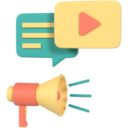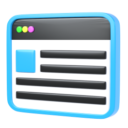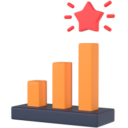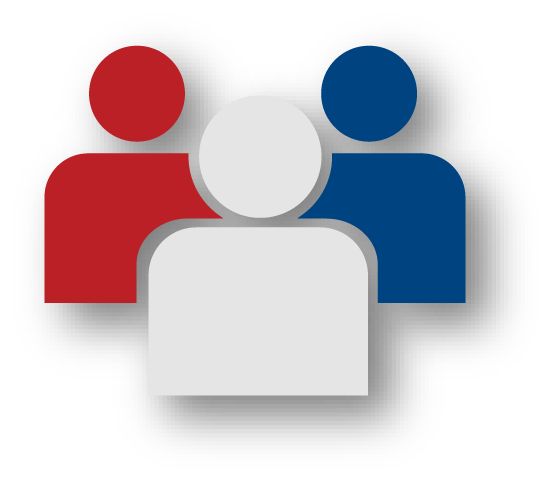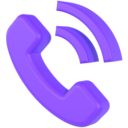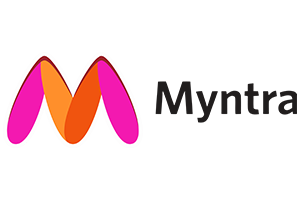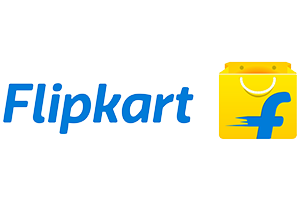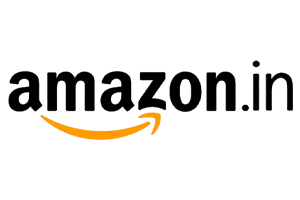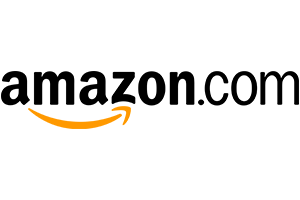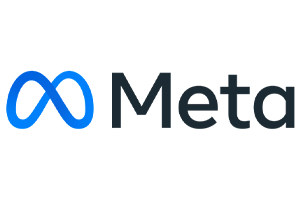The Best PPC Strategies for 2025 to Maximize ROI
Docsico

Pay-Per-Click (PPC) advertising remains one of the fastest and most effective ways to drive traffic, leads, and sales. However, with rising competition and evolving algorithms, businesses must adopt smarter PPC strategies to maximize ROI in 2025.
In this guide, we’ll cover the latest trends, proven strategies, and expert insights to help you get the most out of your PPC campaigns.
Step 1
Set Clear PPC Goals 🎯
Before running a PPC campaign, define your goals:
- ✅ Brand Awareness: Get more visibility through display and video ads.
- ✅ Lead Generation: Capture quality leads with landing pages and forms.
- ✅ Sales & Conversions: Use shopping ads, search ads, and remarketing campaigns.
- ✅ Website Traffic: Drive targeted users to your website.
🔹 Pro Tip: Align your PPC strategy with your business objectives to get better results.
Step 2
Choose the Right PPC Platforms 🌎
PPC is not just about Google Ads! In 2025, multiple platforms offer great ad performance based on audience targeting:
- 🔍 Google Ads: Best for search intent and high-converting keywords.
- 📱 Meta Ads (Facebook & Instagram): Ideal for brand awareness and lead generation.
- 📦 Amazon Ads: Perfect for e-commerce sellers targeting high-intent buyers.
- 📹 YouTube Ads: Effective for storytelling and video marketing.
- 👔 LinkedIn Ads: Best for B2B businesses and professional services.
- 📲 TikTok & Snapchat Ads: Great for younger audiences and viral marketing.
🔹 Pro Tip: Use a multi-platform approach to expand reach and test performance.
Step 3
Leverage AI & Automation 🤖
In 2025, AI-driven PPC campaigns outperform manual campaigns. Key AI-powered strategies include:
- 🧠 Automated Bidding: Google & Meta AI adjust bids for better conversions.
- 📊 Smart Campaigns: AI identifies the best-performing ads and auto-optimizes.
- 📝 AI-Powered Ad Copy: Tools like ChatGPT generate compelling ad copy.
- 🛍 Performance Max Campaigns: Google’s AI automatically places ads across multiple platforms.
Pro Tip: Let AI handle optimization, but always monitor performance manually for better control.
Step 4
Optimize Ad Copy & Creatives 🖼
Your ad copy and creatives determine click-through rates (CTR) and conversions. Follow these best practices:
- ✍ Write Clear & Compelling Headlines: Use numbers, urgency, or power words (e.g., “Get 50% Off Today!”).
- 📸 Use High-Quality Images & Videos: Catch user attention instantly.
- 📢 Include a Strong Call-to-Action (CTA): Examples:
- “Shop Now” for e-commerce
- “Get a Free Quote” for services
- “Book a Demo” for SaaS
🔹 Pro Tip: Test multiple ad creatives using A/B testing to find what works best.
Step 5
Use Advanced Audience Targeting 🎯
Targeting the right audience reduces wasted ad spend and improves conversion rates. Advanced targeting methods include:
- 🔍 Custom Intent Audiences: Target people searching for related services.
- 👥 Lookalike Audiences: Reach new users similar to your existing customers.
- 🎯 Remarketing Campaigns: Retarget users who visited your site but didn’t convert.
- 📍 Geo-Targeting: Run location-based ads for better relevance.
🔹 Pro Tip: Combine behavioral targeting + demographic targeting for the best results.
Step 6
Implement High-Converting Landing Pages 🏆
Your landing page is as important as your ad. A well-optimized page can double your conversions. Key elements include:
- ✅ Fast Loading Speed: Pages should load within 3 seconds.
- ✅ Mobile Optimization: 70%+ of PPC traffic comes from mobile users.
- ✅ Strong CTA (Call-to-Action): Make it clear and visible.
- ✅ Minimal Distractions: Avoid unnecessary links or pop-ups.
- ✅ Trust Signals: Add reviews, testimonials, and security badges.
🔹 Pro Tip: Use heatmaps and A/B testing to improve landing page performance.
Step 7
Focus on Retargeting & Remarketing 🔄
Most visitors don’t convert on the first visit. Retargeting helps bring them back:
- 📢 Google Display Remarketing: Show ads to users who visited your site.
- 📱 Facebook & Instagram Retargeting: Engage users with dynamic product ads.
- 📧 Email Retargeting: Follow up with users who abandoned carts.
🔹 Pro Tip: Retarget users with exclusive offers & discounts to encourage conversions.
Step 8
Monitor, Analyze & Scale 📊
Tracking PPC performance helps you optimize and scale your campaigns:
- 📊 Google Analytics & Ads Manager: Track conversions and CTR.
- 📈 Meta Business Suite: Measure ad engagement and audience behavior.
- 🎯 ROI & ROAS Analysis: Ensure you’re getting profitable returns.
🔹 Pro Tip: Pause underperforming ads and scale the best-performing ones.
PPC Strategies in 2025
1. How much budget should I allocate for PPC?+
💰 Start with ₹5,000–₹10,000/month, then scale based on ROI.
2. What are the best platforms for PPC?+
- ✅ Google Ads: Best for intent-driven search traffic.
- ✅ Meta Ads (Facebook & Instagram): Great for engagement & sales.
- ✅ Amazon Ads: Best for e-commerce sellers.
3. How do I lower my PPC cost?+
- 🎯 Use long-tail keywords (less competition).
- 📉 Optimize Quality Score to get lower CPC.
- 🔄 Focus on remarketing & retargeting for better ROI.
4. What is a good PPC conversion rate?+
📊 2% - 5% is average, but optimized campaigns can reach 10%+.
5. How long does it take to see results from PPC?+
⏳ Initial results can come within a few days, but full optimization takes 4-6 weeks.

Boost your business with high-converting Pay-Per-Click (PPC) advertising campaigns.
Ready to maximize your ROI with expert PPC management? Explore Our PPC Services


